Air India, recognised as India's foremost international airline, on Friday (23) launched 'Safety Mudras,' the airline’s new inflight safety video. This video combines essential safety guidelines with the vivid spectrum of India's rich cultural heritage.
The project, a result of a collaboration among the distinguished trio of Prasoon Joshi from McCann Worldgroup, acclaimed musician Shankar Mahadevan, and noted filmmaker Bharatbala, is designed to captivate and educate passengers. It effectively highlights the diverse and profound aspects of Indian culture, all the while conveying crucial safety information, a press release from Air India said.
‘Safety Mudras’ brings to life the intricate gestures known as mudras, found in Indian classical dance, to communicate vital safety information. The video features a diverse array of dance forms including Bharatnatyam, Bihu, Kathak, Kathakali, Mohiniyattam, Odissi, Ghoomar, and Giddha, each chosen to represent different safety instructions in a visually stunning manner.
Campbell Wilson, the CEO & MD of Air India, expressed his pride in the airline's initiative, stating, “As a flagbearer of the country and a longstanding patron of Indian art and culture, Air India is delighted to present a work of art that is designed to deliver essential safety instructions while showcasing India’s rich cultural diversity to travellers around the world. Our guests will find this inflight safety video to be more immersive and informative, and a warm welcome to India from the moment they step onboard.”
The creation of the video, underscored by Shankar Mahadevan's Grammy Award-winning musical compositions, involved a six-month journey across India's breathtaking landscapes to capture the essence of each dance form authentically.
Sharing his vision behind the unique concept, Prasoon Joshi, Chairman McCann Worldgroup Asia Pacific, CEO & CCO McCann Worldgroup India; and celebrated writer & lyricist said, “Tasked with the challenge to create a concept that keeps passengers engaged, embody Indian culture and elevate the Air India brand globally, we went to great lengths to poise the essential and the evocative. Indian classical dance forms have one unique dimension - storytelling. And that is what made me think of this idea of using these Indian dance forms to deliver the safety instructions for air travel.
I am fortunate that this idea found resonance with the fantastic Air India team. And, with a longtime friend and ever brilliant Bharatbala who really made this thought possible. It’s indeed a matter of pride for McCann to work with Air India.”
While Shankar Mahadevan expressed his excitement about the project and said, “I am very happy I got to create the music for the safety instruction video for Air India. With the new chapter of Air India, their safety instruction video too is pathbreaking and very culturally rich. It is a combination of the various dance forms from India - with the dancers demonstrating the safety briefing actions by way of mudras. The music changes as per the dance form as well. Cheers to Air India for creating something that has never been done before, I am very proud to be a part of this.”
Bharatbala, the director behind the video and who is also an Indian film director, producer and screenwriter, said, “Having previously worked on projects that showcase the cultural diversity of India, this nuanced opportunity from Air India, enabled me to present our timeless classical and folk-art forms with a contemporary vision. We are an ancient country but with a modern outlook. And for India’s leading global carrier, Air India, to communicate a safety mandate in this manner brought even more responsibility on me to create a spectacle.
"Filming across the beautiful landscapes and monuments, giving each dance form its place of pride, is truly an enriching experience. This journey enables the passengers to experience India visually, musically, and emotionally on a grand canvas. This film will be etched as one of my special creations and I hope will be an added feather in the rich legacy of Air India. Welcome on board!”
In the new inflight safety video traditional Indian dance forms are employed to demonstrate safety procedures. The video, incorporating mudras or hand gestures, begins with an Air India cabin crew member introducing a young female passenger to the airline's 'Vista,' a symbol of its brand identity. This introduction leads to a sequence of performances across various Indian dance genres, each illustrating a different aspect of flight safety.
Bharatnatyam dancers elucidate seat belt and cabin baggage rules, while Odissi dancers, detail how to secure seats and tray tables. Kathakali and Mohiniyattam performances communicate the rules against using electronic devices and smoking, with Kathak focusing on emergency procedures and oxygen mask usage.
The video further incorporates Bihu and Ghoomar dancers for safety jacket instructions, concluding with Gidda dancers emphasising the safety card's significance, thereby merging cultural heritage with safety guidelines.
The video, initially available on Air India’s A350 aircraft, plans to expand across the fleet, offering passengers a novel approach to inflight safety.
Established by the iconic JRD Tata, Air India has been a trailblazer in the country's aviation industry since its inaugural flight on October 15, 1932. The airline boasts a comprehensive network, offering non-stop flights across the globe, including destinations in the USA, Canada, UK, Europe, the Far East, South-East Asia, Australia, and the Gulf. After 69 years of state ownership, Air India and Air India Express were reacquired by the Tata Group in January 2022.
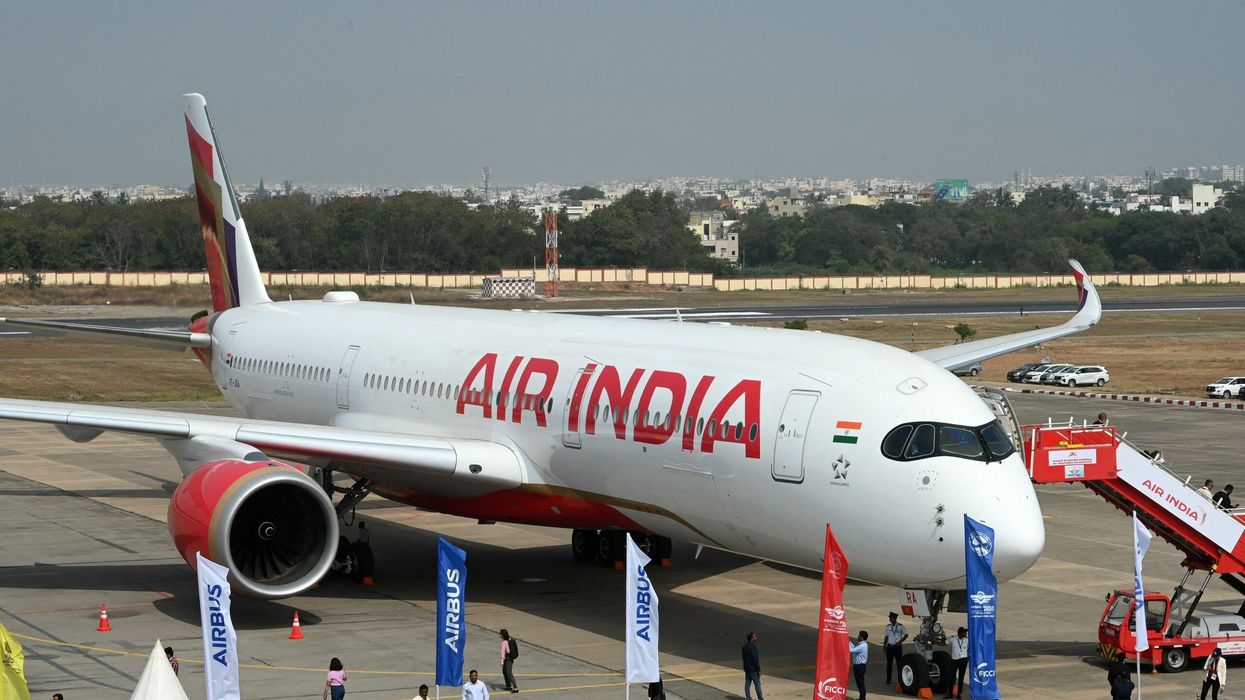




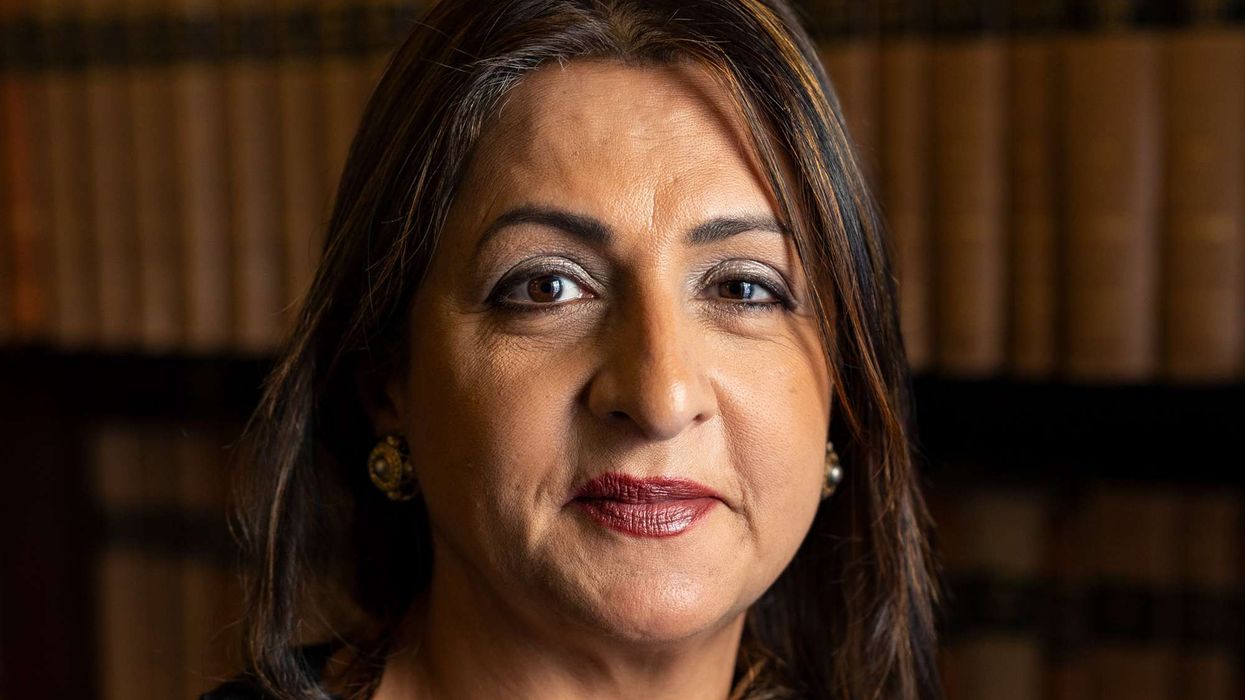
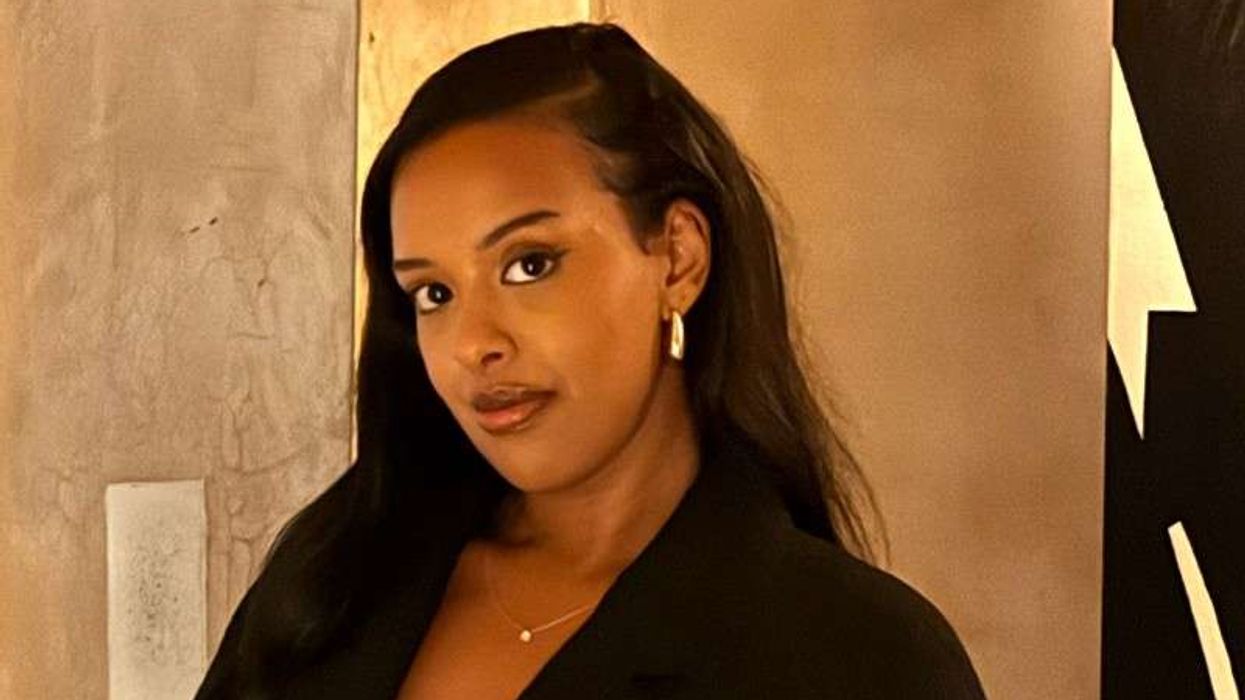 Nasima Abukar
Nasima Abukar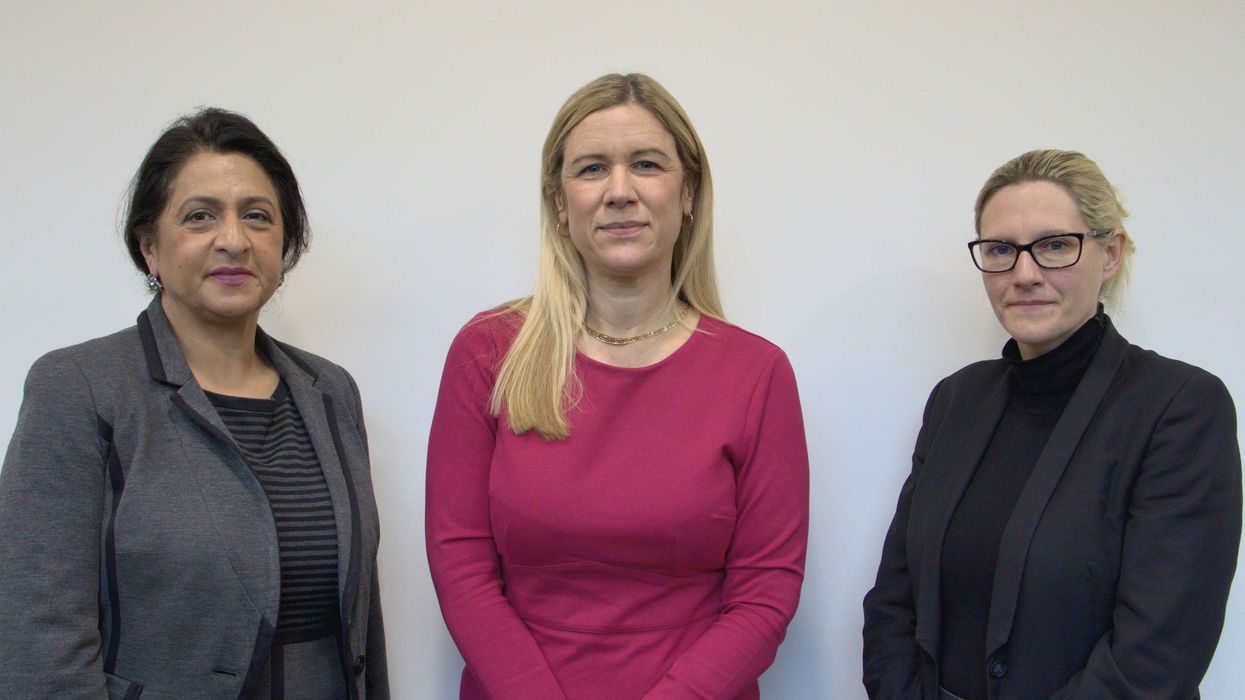 Narwal, Ellie Reeves MP and Emma James
Narwal, Ellie Reeves MP and Emma James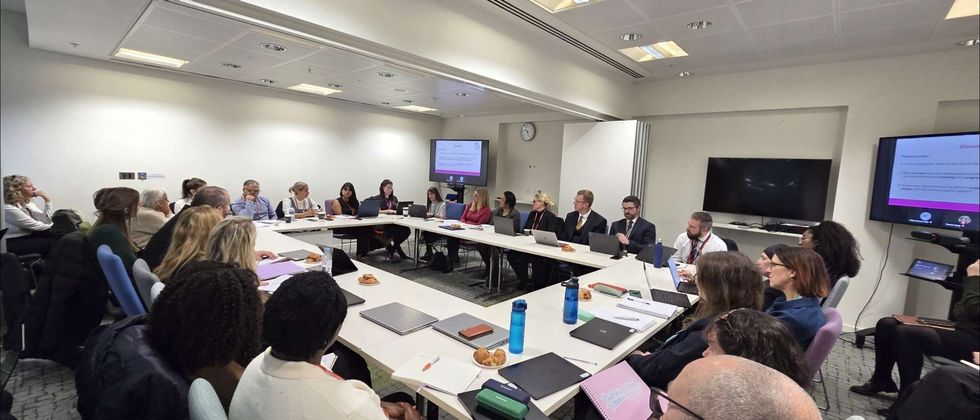 The first national honour-based abuse scrutiny panel held last Tuesday (9)
The first national honour-based abuse scrutiny panel held last Tuesday (9)






